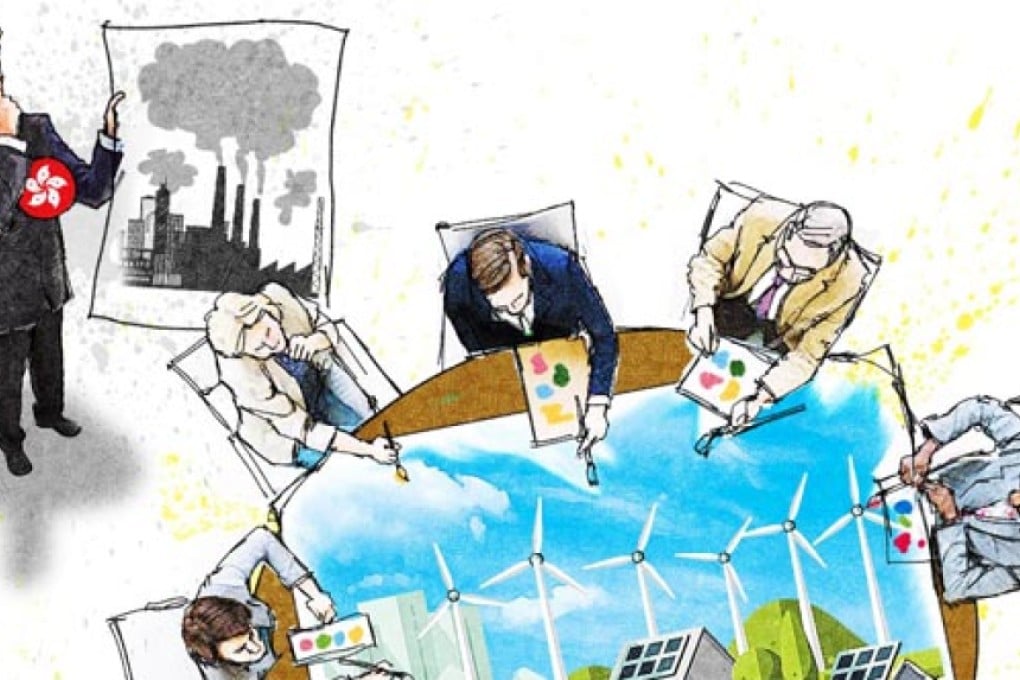Hong Kong will arrive at the Paris climate talks empty handed; let’s make sure it leaves with bold ideas to cut the city’s rising emissions
Gavin Edwards says the UN meeting in Paris offers an ideal opportunity for our environment secretary to learn about, and adopt, other cities’ pioneering efforts


READ MORE: Rising sea levels set to displace 45 million people in Hong Kong, Shanghai and Tianjin if earth warms 4 degrees from climate change
As we approach the final weeks in the lead-up to the Paris agreement, a couple of challenges are emerging – one global, one local. The global challenge is that the intended contributions by all countries have been modelled by climate scientists and policy experts at Climate Action Tracker (an independent group of four leading research organisations), and they forecast that the world will see a 2.7 degree rise by late in the century if the Paris agreement succeeds and is implemented.

At 2.7 degrees warmer, we could experience significant food shortages globally as crops fail in sub-Saharan Africa
Second, the local challenge: Hong Kong’s contribution to averting catastrophic climate change. Wong gathered key government, corporate and NGO representatives together on November 6 to launch the Hong Kong Climate Change Report, outlining government efforts. However, instead of articulating a plan of action for the decades ahead, he summarised existing policies and efforts, and is taking a wait-and-see approach to the Paris climate negotiation so the government can then consider its next steps. This is odd, given that China (which reports and commits globally on its greenhouse gas emissions, including those of Hong Kong) has outlined its plan well beyond 2020. On a recent trip to the US, President Xi Jinping (習近平) articulated a range of measures, including greenhouse-gas emissions targets, investments in renewable energy, a national emission trading scheme to regulate large carbon dioxide emitters, and clear targets for green buildings.

The development of renewable energy in the city has barely begun. And CLP Power is proposing new gas-fired power generation instead of using renewable energy. The social cost of fossil fuel has never been mentioned, even in the latest document of the electricity market regulatory regime review. If our electricity market is not going to change, there is no chance for us to stop climate change. Under the Air Pollution Control Ordinance, carbon dioxide is not even considered a pollutant, even though it is widely agreed that ever-escalating carbon dioxide emissions are one of the largest threats to our planet and our city. Our electricity market is not ready to tackle climate change.
So, if the past decade was something of a lost decade for Hong Kong in terms of making a meaningful and commensurate contribution to tackling climate change, what should we do in the next decade, to catch up?
